Why is BioDAR Important?
The variety and abundance of wildlife on earth is decreasing
Contemporary estimates of the rate of biodiversity decline have led some researchers to declare that a sixth mass extinction is underway, highlighting the need to protect species and ecosystems. However, the decline in overall population numbers of many organisms is being overlooked.
The abundance of many important organisms, such as pollinators and natural predators, is as important to ecosystems as the variety of different species.
Most current biodiversity databases only enable scientists to analyse trends in overall species diversity. Within insect populations especially, there is very little information about the abundance of individual species. Therefore, BioDAR is looking to improve our capacity to monitor the abundance of insect wildlife.
Monitoring wide-scale insect wildlife is challenging, and can be a barrier to conservation
One major barrier to conservation actions for any ecosystem is the lack of robust, standardised monitoring. This means that even after conservation actions are taken, there is no way to measure the impact of that intervention. For example, we do not know whether the costs associated with the 2013 ban on neonicotinoid pesticides provided any large-scale benefits to populations of bees and other insects.
There are attempts to design schemes with exceptional levels of detail for invertebrate monitoring, such as the UK Butterfly Monitoring Scheme, but many invertebrates still suffer from poor monitoring. Recording insect wildlife can be very challenging given the complex taxonomy of insects, the difficulty sampling complex habitats, and a lack of public or economic interest.
Developments in weather radar offers an opportunity for ecologists
There is a long tradition of using radar technology in biological studies, much of this has been using bespoke radar systems for each application. A variety of observational studies have shown that weather radar can be used to observe birds and insects. However, the widespread application of radar for biodiversity monitoring has been hampered by two challenges. Firstly, how to identify and classify different species and secondly, how to quantify the species.
Modern developments in dual-polarisation radar technology have increased our capability to detect the size and shape of objects in the air, and therefore our ability to accurately categories different species. Meanwhile, the UK’s weather radar network has expanded to cover most of the country. This has afforded ecologists a powerful opportunity to use the UK’s weather radar network to identify and quantify different insects on a national scale.
The BioDAR project promises a new way to monitor insect wildlife that is only possible by combining the latest radar technologies with a strong foundation in macroecology.

